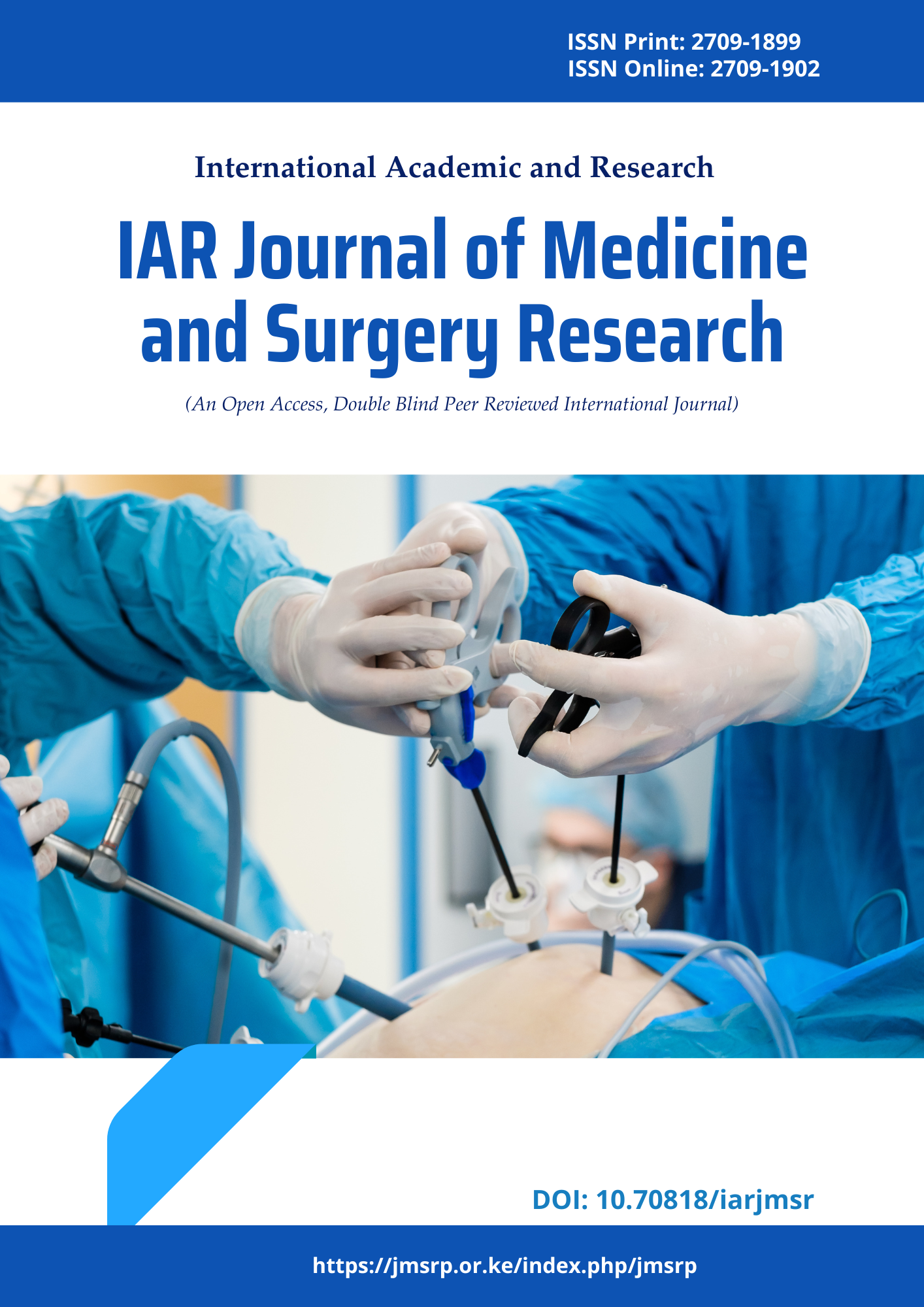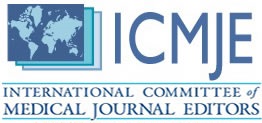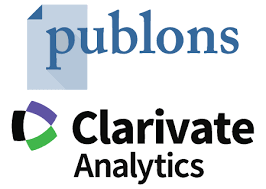Evaluation of Amblyopia in School Children
DOI:
https://doi.org/10.47310/iarjmsr.2021.V02i04.06Keywords:
Amblyopia, Prevalence, Strabismus, Anisometropia, Astigmatism, Myopia.Abstract
Background: Amblyopia is a form of cortical visual impairment which can result from many condition which prevents normal visual stimulation in children in younger age group causing childhood visual impairment. The term “lazy eye” is often used for Amblyopia. It accounts to be the second common cause of blindness. Materials and Methods: A cross sectional study was
conducted during the school health check up visits conducted by ophthalmology department of tertiary care teaching hospital for screening of eye disorders in school children who belongs to the age group of 5-15 years over a period of 1 year in which 813 children underwent screening ,among them 110 children with the reduced vision were referred to hospital for detailed ophthalmic evaluation which includes cycloplegic refraction and dilated fundus examination. Amblyopia was detected in children with reduced best corrected visual acuity. Results: A total of 813 study subjects were screened. Out of them 110 (13.5%) were found to have diminished vision. When the study subjects with diminished vision were subjected for further tests, 18 (2.2%), (p value is 0.494 )of them were found to have amblyopia. Amblyopia was present in 10 ( 18.9%) of females and 8( 14%) of males. Anisometropic amblyopia was the most common type of amblyopia found in 10 ( 55.6%) of the study subjects, followed by meridional and strabismus type of amblyopia in 4 cases each (22.2%). Among strabismus ,exotropia was seen in more study subjects 4(0.5%) than esotropia in 2 cases(0.2%). A higher number of moderate grade of amblyopia was seen than mild grade of amblyopia. Conclusion: The prevalence of amblyopia in our study is 2.2%. Anisometropic refractive errors are the most common underlying cause in our study subjects. We recommend implementation of visual screening programs for children of school going age group for early detection and proper management of Amblyopia.
















